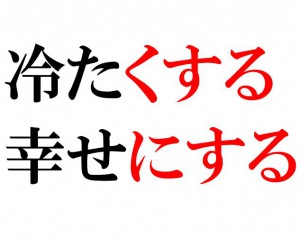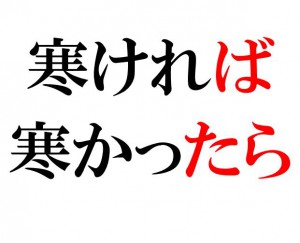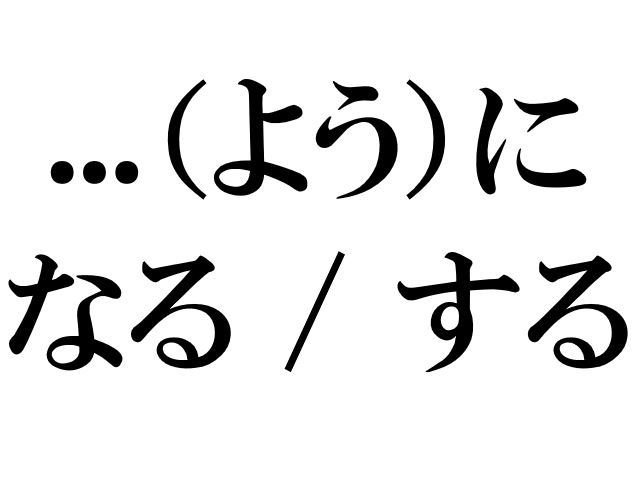Before starting the exercise for using する or なる with the に particle 「…(よう)になる / する」, please clarify any doubts you may have about the grammatical rules by referring to your grammar guidebook or dictionary. The Instantaneous Composition Method requires you to compose sentences with the target sentence pattern(s) over and over in order to use them almost effortlessly. You should already have the necessary knowledge.
- Reference
- Genki II – Lesson 23: ~ことにする
- Tae Kim’s Guide – Using する and なる with the に particle
Instantaneous Composition Exercise for Using する or なる with the に Particle 「…(よう)になる / する」
This is not a translation exercise. This is the Instantaneous Composition Exercise. As if a reflexive action, try to create an equivalent Japanese sentence shortly after reading an English script. Try not to think for more than three seconds.
- Audio File
English and Hidden Japanese Scripts
| 1. | (I) became an older brother. |
| 兄になりました。 |
| 2. | (My) younger sister became beautiful. |
| 妹はきれいになりました。 |
| 3. | (I will) have this hamburger and a coke. |
| このハンバーガーとコーラにします。 |
| 4. | It has been decided (that I will) move. |
| 引っ越すことになりました。 |
[adsense]
| 5. | (I) decided (that I will) run every morning. |
| 毎朝走ることにしました。 |
| 6. | It has been decided (that we will) not stay in that hotel. |
| あのホテルに泊まらないことになりました。 |
| 7. | It became so (that I) clean (my) room every day. |
| 毎日、部屋を掃除するようになりました。 |
| 8. | (I will) try to study Japanese every day. |
| 毎日、日本語を勉強するようにします。 |
| 9. | It became so that (I) work in China. |
| 中国で働くようになりました。 |
| 10. | (I will) try to speak slowly. |
| ゆっくり話すようにします。 |
Recommended Links
How to Proceed with the Instantaneous Composition Method

Japanese Grammar Exercise: Using “Adjective + する”

Japanese Grammar Exercise: Conditionals 「ば」「たら」



